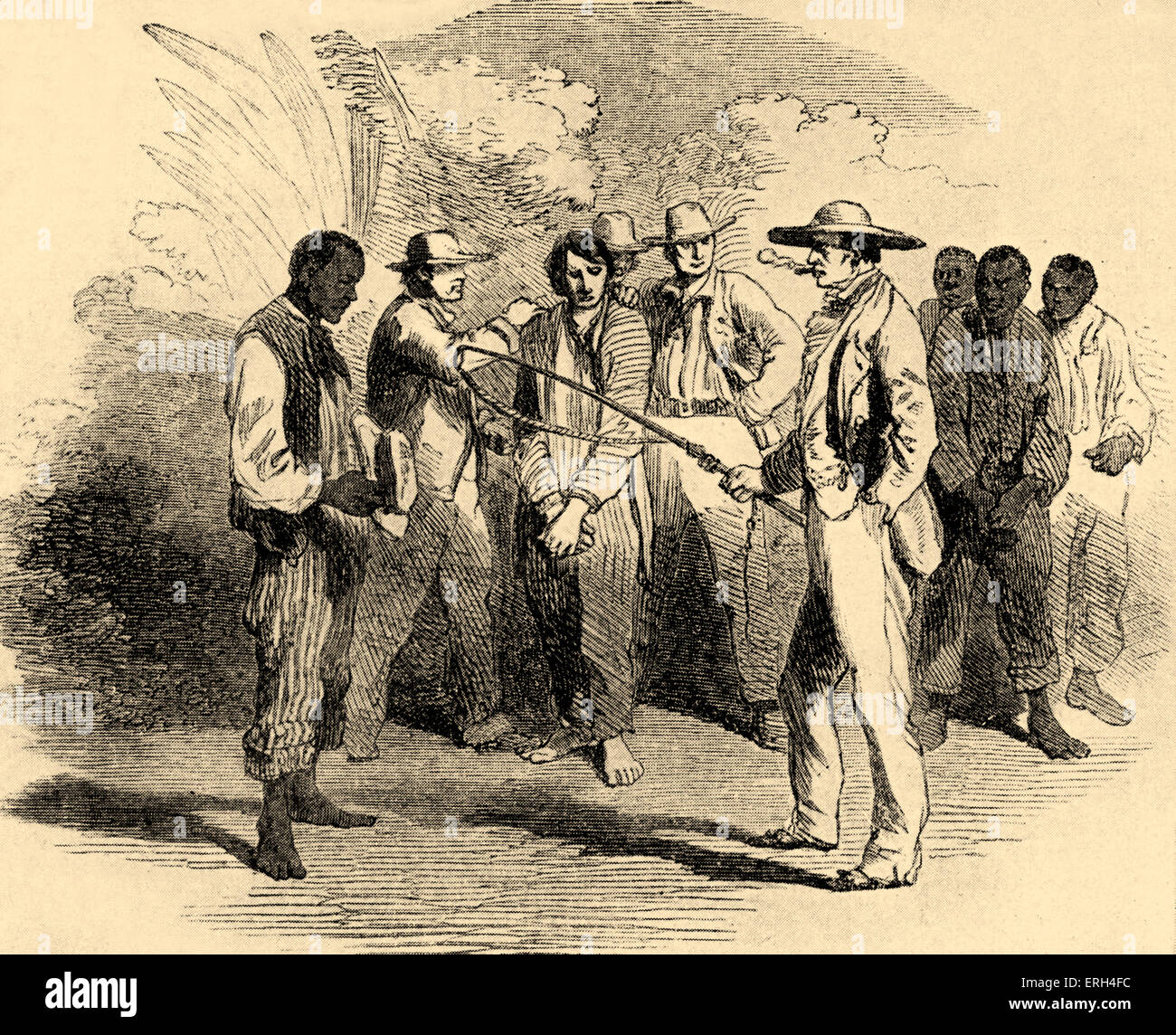

Looking at the history of African-Americans and other people of color in the United States, it is possible to see a series of "emancipatory" moments intending to promote freedom, beginning with the abolition of slavery and continuing with the passage of the Civil Rights Act of 1964, making it illegal to discriminate on the basis of skin color. Maybe nobody owns you, but that does not make you free – though it is a necessary starting point. Harriet Beecher Stowe, like others before and after her, points out that human freedom is not purely a question of emancipation. What does it mean for a human being to be free? Uncle Tom’s Cabin is one woman’s attempt to answer this question. What is Uncle Tom's Cabin About and Why Should I Care? The novel was a bestseller in the 19th century, selling over 300,000 copies in its first year, and has been translated into over 60 languages. In a much repeated legend, President Abraham Lincoln is rumored to have said, "So you’re the little lady who wrote the book that started this great war," when he met Harriet Beecher Stowe. But Stowe's novel had a profound effect on the American public by exacerbating the tensions between the North and South that led to the Civil War. Stowe’s weapon of choice for destroying the institution of slavery was Christian love.Ĭontroversial from the start, Uncle Tom’s Cabin relies on racial stereotypes to get Stowe’s point across.

Sure, it’s a novel, but don’t forget that it’s also a sermon intended to convince a Christian audience that slavery is an evil institution and must be destroyed. Uncle Tom’s Cabin, which was first published in 1852, is thus a deliberate and carefully written anti-slavery argument.

Harriet Beecher Stowe’s inspiration for Uncle Tom’s Cabin or, Life Among the Lowly was the Fugitive Slave Act of 1850, which made aiding or assisting runaway slaves a crime in free states.


 0 kommentar(er)
0 kommentar(er)
